When Training…Go Long or Go Hard, but Not Both
When Training…Go Long or Go Hard, but Not Both
Fact...you can work long, or you can work hard, but you cannot do both.
At least not effectively or efficiently.
One place where this is, without question, true...exercise!
While we think this is common sense, we will say it anyway. Your workout routine should be built to match your goals. For example, if you are an endurance athlete, you will most likely be training with little to no resistance, for longer durations. However, if you are someone looking for increases in quickness, strength, power, muscle size, etc, you will need to work in shorter bursts at or near maximum levels.
While we could, and probably will at some point, write specifically on both of those types of athletes and their training, this article is meant to squash something a little bit different...how much time is really needed, to benefit from resistance training, and cardio training, for fat loss, for the average individual.
The key, as you read on, is to understand, your intensity matters!
How Much Gym Time is Needed
Let's cut to the chase...45-60 minutes maximum is all you need if you are training properly, irrelevant of your goals, starting point, etc.
You do not need hours of cardio AND hours of resistance training in order to create the results you want. You do not need to be in the gym for two hours a day.
You can almost certainly achieve your fat loss and/or muscle gain goals in half that time, cardio and resistance training included.
What Does the Health Department Say
Of course, the Department of Health and Human Services has recommendations. They should right?
Considering that obesity is currently at an all-time high, is it quite obvious that people need to be reminded of the importance of exercise. They need to hear and know that there are known minimums in order to benefit overall wellness.
Good news too, the recommendations are extremely reasonable for anyone genuinely making their health a priority.
Aerobic Recommendations:
At least 150 minutes of moderate aerobic activity or 75 minutes of vigorous aerobic activity a week, or a combination of moderate and vigorous activity.
Moderate aerobic exercise includes activities such as brisk walking, swimming, and leisurely bike riding. Vigorous aerobic exercise includes activities such as running, rowing, high-intensity interval training, etc.
Simple math means roughly 10-20 minutes per day depending on your effort level.
Resistance Training Recommendations:
The Health Department says you should train all major muscle groups at least two times a week. Resistance training can include the use of bodyweight exercises, bands, machines, free weights, or even activities such as rock climbing.
These guidelines suggest that you spread out this exercise during the course of a week. While more exercise time will undoubtedly provide greater health benefits and overall fitness levels, even small amounts of daily/weekly physical activity are helpful.
Imagine now...just 3-4 resistance training workouts per week, lasting no more than 45-50 minutes.
Being Active is Key
It goes without saying, finding activities that you actually enjoy will go a long way towards maintaining your fitness regiment.
As a general goal, aim for at least 30 minutes of moderate physical activity every day. If you want to lose weight, maintain weight loss or meet specific fitness goals, you may need to exercise more. Want to aim even higher? You can achieve more health benefits if you ramp up your exercise to 300 minutes or more a week.
Reducing sitting time is important, too. The more hours you sit each day, the higher your risk of metabolic problems. In other words, sitting too much can negatively impact your health and longevity, even if you get the recommended amount of daily physical activity.
Short on long chunks of time? Even brief bouts of activity offer benefits. For instance, if you can't fit in one 30-minute walk during the day, try a few five-minute walks instead. Any activity is better than none at all. What's most important is simply making regular physical activity part of your lifestyle.
Too Long, Not Hard Enough
If you have been in a gym, anywhere in the world, you have undoubtedly seen a couple of different types of individuals and their very different approaches to their gym time.
You have those who are there to workout and those who are there to socialize.
Make no mistake, we have no issue with either. Well, unless the socialites are taking up equipment or space for those trying to workout.
If however, you are looking to get the most bang for your gym time buck, you need to accept, you DO NOT need more than an hour of time, 45-50 minutes of resistance training followed by 10-15 minutes of properly performed cardio (HIIT preferably).
If you are taking longer than this, there is either too much talk, not enough effort, or worse, a combination of both.
A Sample Week
Obviously, we could create any number of training splits based on goals, needs, schedules, etc. To keep things simple, we will use a four-day split that just about anyone could implement and see results with as our example.
Four-Day Training Split
Day #1: Chest, Triceps, Abs, HIIT Cardio (10-15 minutes)
Day #2: Back, Biceps, Calves, HIIT Cardio (10-15 minutes)
Day #3: Shoulders, Traps, Abs, HIIT Cardio (10-15 minutes)
Day #4: Legs, Calves, HIIT Cardio (10-15 minutes)
Following this split, your resistance training sessions would/should be completed, with ease, if you are working (not chatting) and still have 10-15 minutes of High-Intensity Interval Training on cardio equipment of your choice immediately after.
If you then simply added a nice jog, ride, walk, etc 2-3 times a week, wherever you so choose...BOOM, your weekly goals have been met.
Have a Plan
One of the most important suggestions we can make when it comes to an exercise program...HAVE A PLAN!
In other words, know, before you begin, exactly what you intend to do, to accomplish, during the session. Know what exercises you will be doing. Know how many sets and reps you are going to complete. Know what weight you intend to use, both for your warm-up sets and your work sets.
Yes, you can adjust any of the above, during a workout, if needed, but without a plan, you almost destined to come up short. After all, a plan is required to reach any goal right? It is no different when it comes to achieving the level of fitness you desire.
If you want to see success from the time and effort you put into your exercise program, it is important that you know, in advance, what success would actually mean to you. Once you know what you want to achieve, it is possible to design a plan to get you where you want to be. Without a plan that meets your goals needs, you are simply hoping to reach your destination. Hoping is leaving things to chance. We don't like chance!
Now let's get to it. Get in, get it done, get out!
Always Remember...
We would love to hear your thoughts on this, or any other article we write, so please, drop us your comments, ideas, input, and suggestions in the comments below.
And, by all means, if you think anyone in your world might like something we write, use the share buttons below to help us spread the word!
Until next time...PROGRESS, not PERFECTION!
Don't forget, always consult your physician before making any changes to your diet or exercise regimen.
Live a 3D Life...Decisions Determine Destinations!
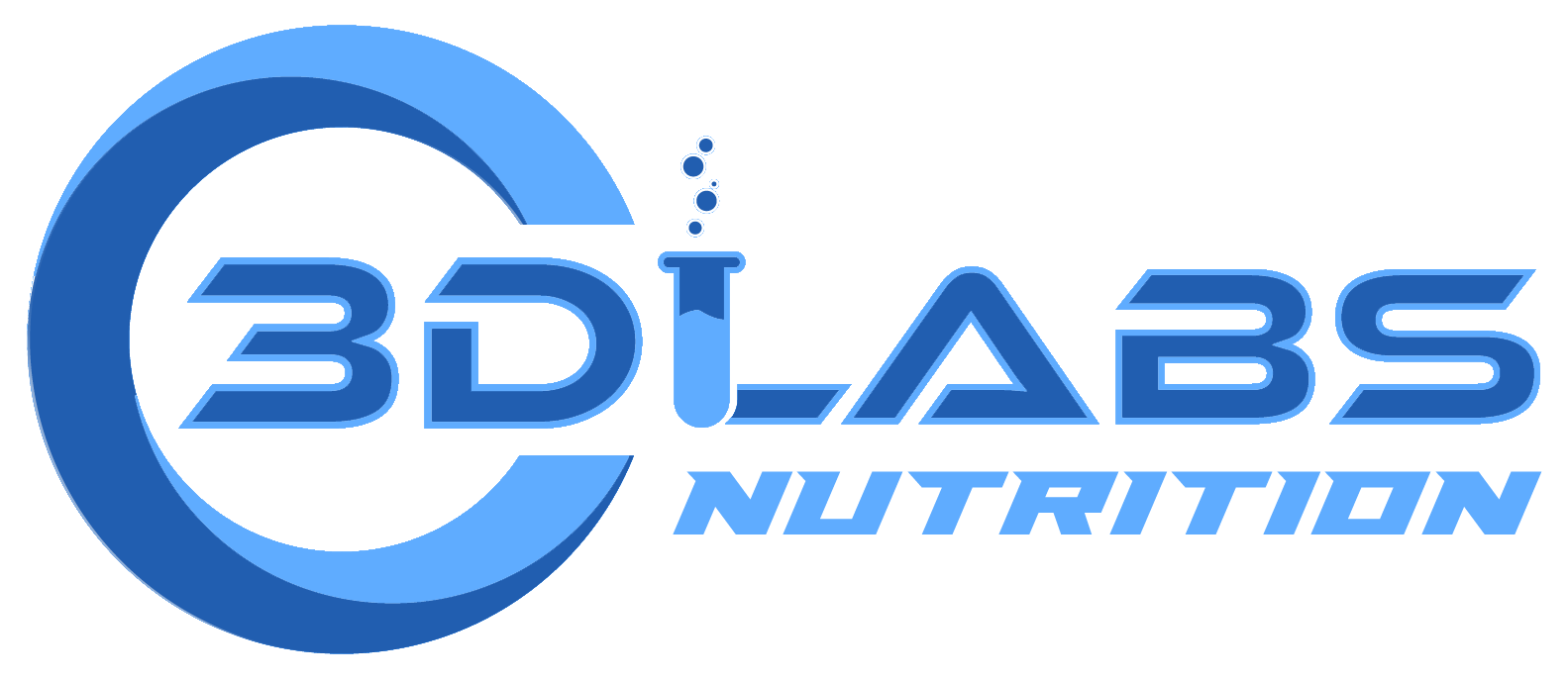

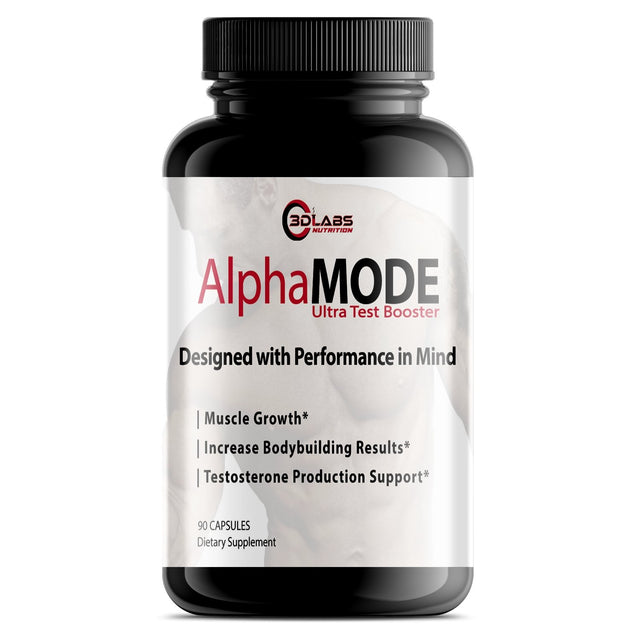
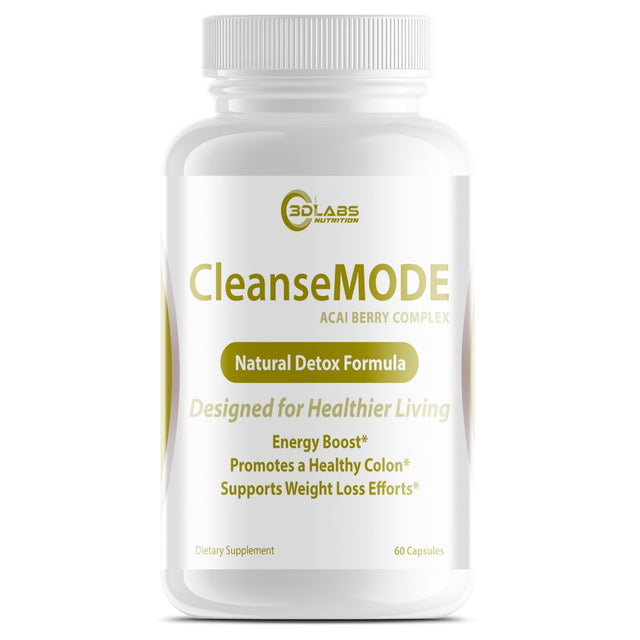
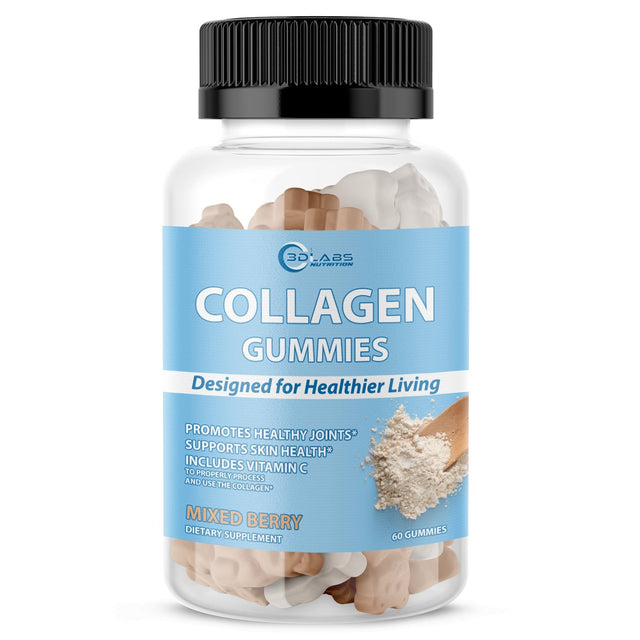
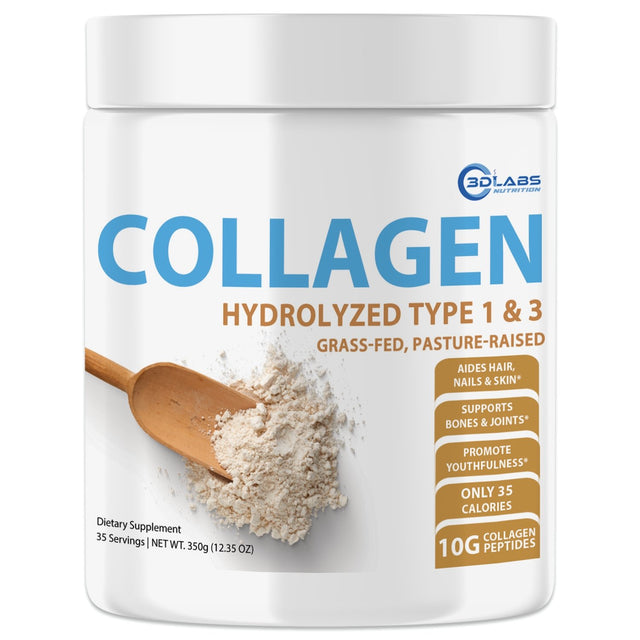
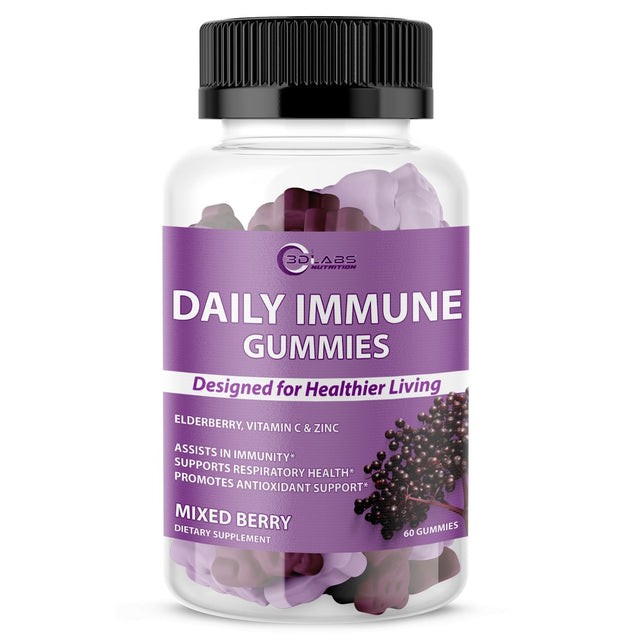
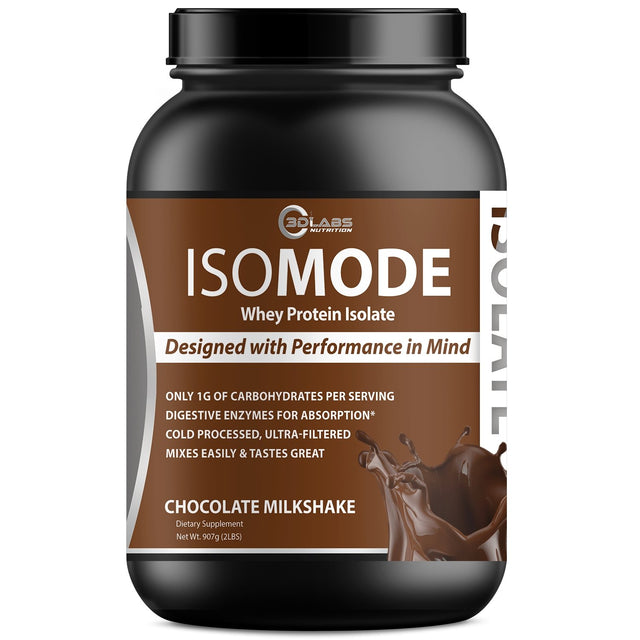
0 Comments
There are no comments for this article. Be the first one to leave a message!